The Root Beer Market is currently characterized by a dynamic competitive landscape, driven by evolving consumer preferences and a growing inclination towards craft beverages. Major players such as A&W (US), Barq's (US), and IBC (US) are strategically positioning themselves to capitalize on these trends. A&W (US) has focused on innovation, introducing new flavors and limited-edition products to attract younger consumers, while Barq's (US) emphasizes its heritage and authenticity, appealing to traditional root beer enthusiasts. IBC (US), on the other hand, has been expanding its distribution channels, ensuring its products reach a broader audience. Collectively, these strategies contribute to a moderately fragmented market, where brand loyalty and product differentiation play crucial roles in shaping competitive dynamics.
In terms of business tactics, companies are increasingly localizing manufacturing to reduce costs and enhance supply chain efficiency. This approach not only mitigates risks associated with The Root Beer demands. The competitive structure of the Root Beer Market remains moderately fragmented, with several key players exerting influence over consumer choices. The collective actions of these companies indicate a trend towards optimizing operations while maintaining a focus on brand identity and consumer engagement.
In August 2025, A&W (US) launched a new line of organic root beers, tapping into the health-conscious consumer segment. This strategic move not only aligns with the growing demand for organic products but also positions A&W (US) as a forward-thinking brand in the beverage industry. The introduction of organic options may enhance brand loyalty among health-conscious consumers, potentially increasing market share in a competitive landscape.
In September 2025, IBC (US) announced a partnership with a major e-commerce platform to enhance its online sales capabilities. This collaboration is significant as it reflects the increasing importance of digital channels in reaching consumers. By optimizing its online presence, IBC (US) is likely to attract a younger demographic that prefers shopping online, thereby expanding its customer base and driving sales growth.
In October 2025, Barq's (US) unveiled a new marketing campaign that emphasizes its heritage and traditional brewing methods. This initiative aims to strengthen brand identity and connect with consumers who value authenticity. By highlighting its historical roots, Barq's (US) may differentiate itself from competitors, fostering a deeper emotional connection with its audience.
As of October 2025, the Root Beer Market is witnessing trends such as digitalization, sustainability, and the integration of artificial intelligence in marketing strategies. Companies are increasingly forming strategic alliances to enhance their market presence and operational efficiency. The competitive landscape is shifting from price-based competition to a focus on innovation, technology, and supply chain reliability. As these trends continue to evolve, companies that prioritize differentiation through unique product offerings and sustainable practices are likely to thrive in the future.


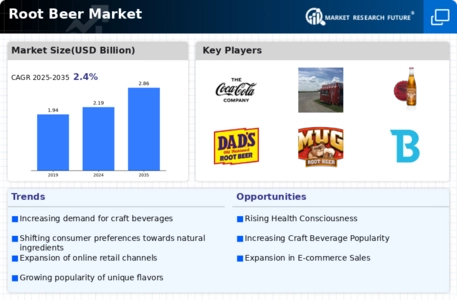
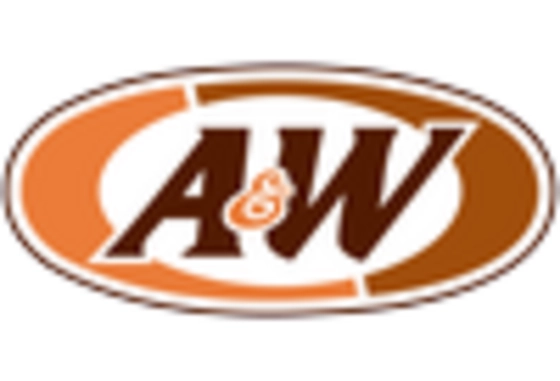
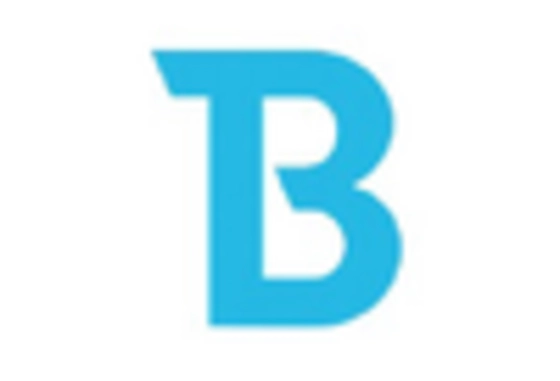
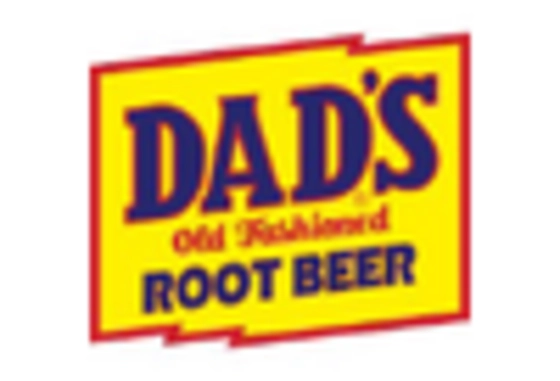
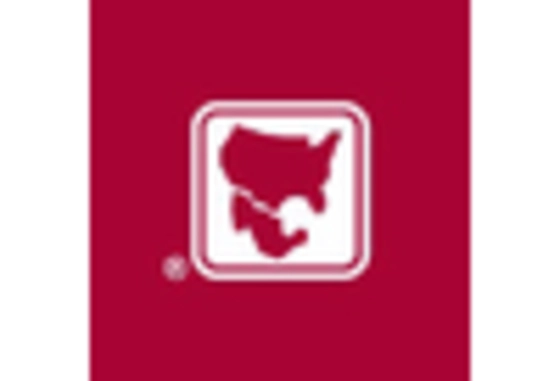
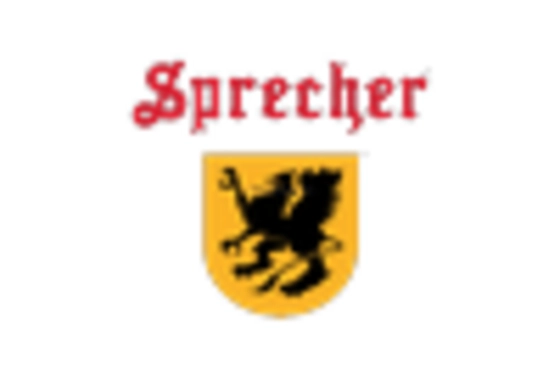
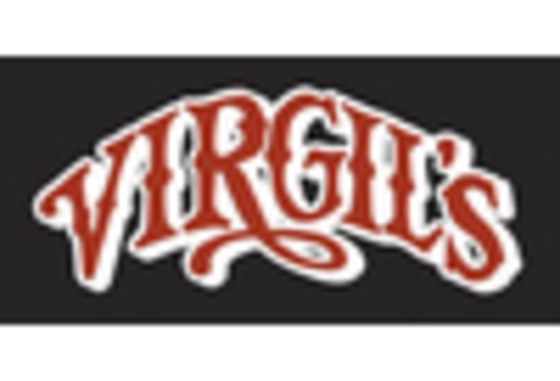








Leave a Comment